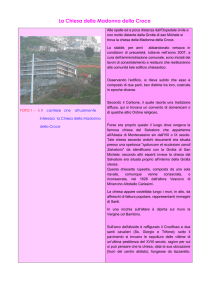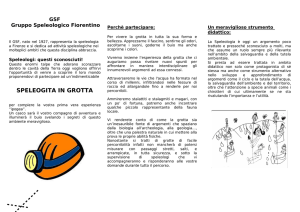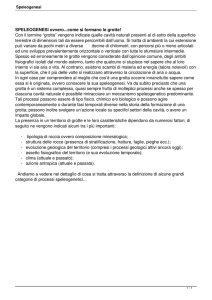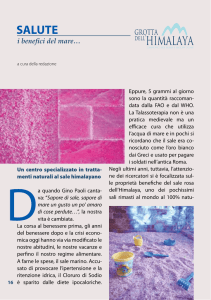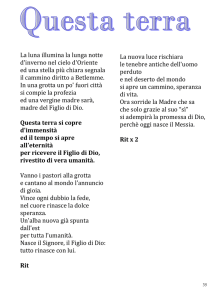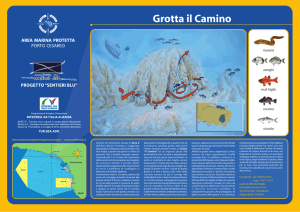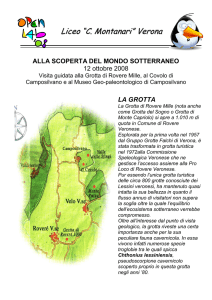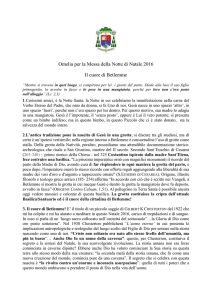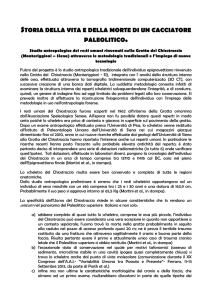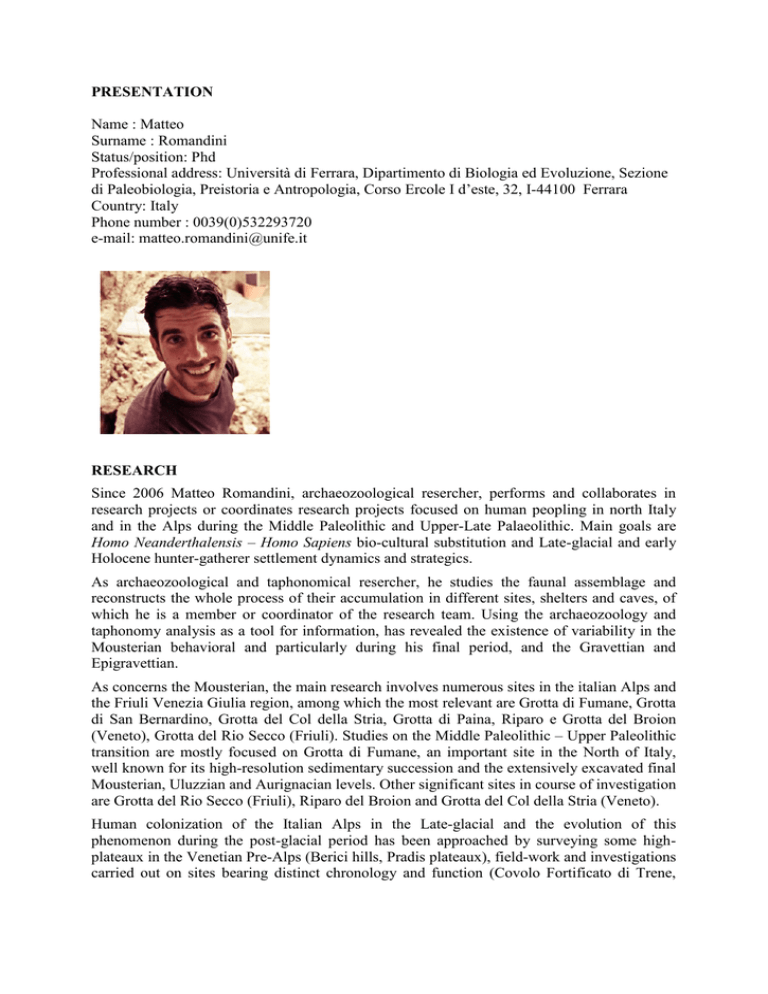
PRESENTATION
Name : Matteo
Surname : Romandini
Status/position: Phd
Professional address: Università di Ferrara, Dipartimento di Biologia ed Evoluzione, Sezione
di Paleobiologia, Preistoria e Antropologia, Corso Ercole I d’este, 32, I-44100 Ferrara
Country: Italy
Phone number : 0039(0)532293720
e-mail: [email protected]
RESEARCH
Since 2006 Matteo Romandini, archaeozoological resercher, performs and collaborates in
research projects or coordinates research projects focused on human peopling in north Italy
and in the Alps during the Middle Paleolithic and Upper-Late Palaeolithic. Main goals are
Homo Neanderthalensis – Homo Sapiens bio-cultural substitution and Late-glacial and early
Holocene hunter-gatherer settlement dynamics and strategics.
As archaeozoological and taphonomical resercher, he studies the faunal assemblage and
reconstructs the whole process of their accumulation in different sites, shelters and caves, of
which he is a member or coordinator of the research team. Using the archaeozoology and
taphonomy analysis as a tool for information, has revealed the existence of variability in the
Mousterian behavioral and particularly during his final period, and the Gravettian and
Epigravettian.
As concerns the Mousterian, the main research involves numerous sites in the italian Alps and
the Friuli Venezia Giulia region, among which the most relevant are Grotta di Fumane, Grotta
di San Bernardino, Grotta del Col della Stria, Grotta di Paina, Riparo e Grotta del Broion
(Veneto), Grotta del Rio Secco (Friuli). Studies on the Middle Paleolithic – Upper Paleolithic
transition are mostly focused on Grotta di Fumane, an important site in the North of Italy,
well known for its high-resolution sedimentary succession and the extensively excavated final
Mousterian, Uluzzian and Aurignacian levels. Other significant sites in course of investigation
are Grotta del Rio Secco (Friuli), Riparo del Broion and Grotta del Col della Stria (Veneto).
Human colonization of the Italian Alps in the Late-glacial and the evolution of this
phenomenon during the post-glacial period has been approached by surveying some highplateaux in the Venetian Pre-Alps (Berici hills, Pradis plateaux), field-work and investigations
carried out on sites bearing distinct chronology and function (Covolo Fortificato di Trene,
Grotta del Buso Doppio del Broion, Veneto region, Grotta del Clusantin and Riparo di Biarzo
Friuli region).
KEY WORDS
PERIOD : Middle and Late Paleolithic
GEOGRAPHY : Italy, North-Adriatic region
SPECIALITY : Archaeozoological and taphonomical analysis
CULTURE/TECHNO-COMPLEX : Mousterian, Uluzzian, Gravettian, Epigravettian



